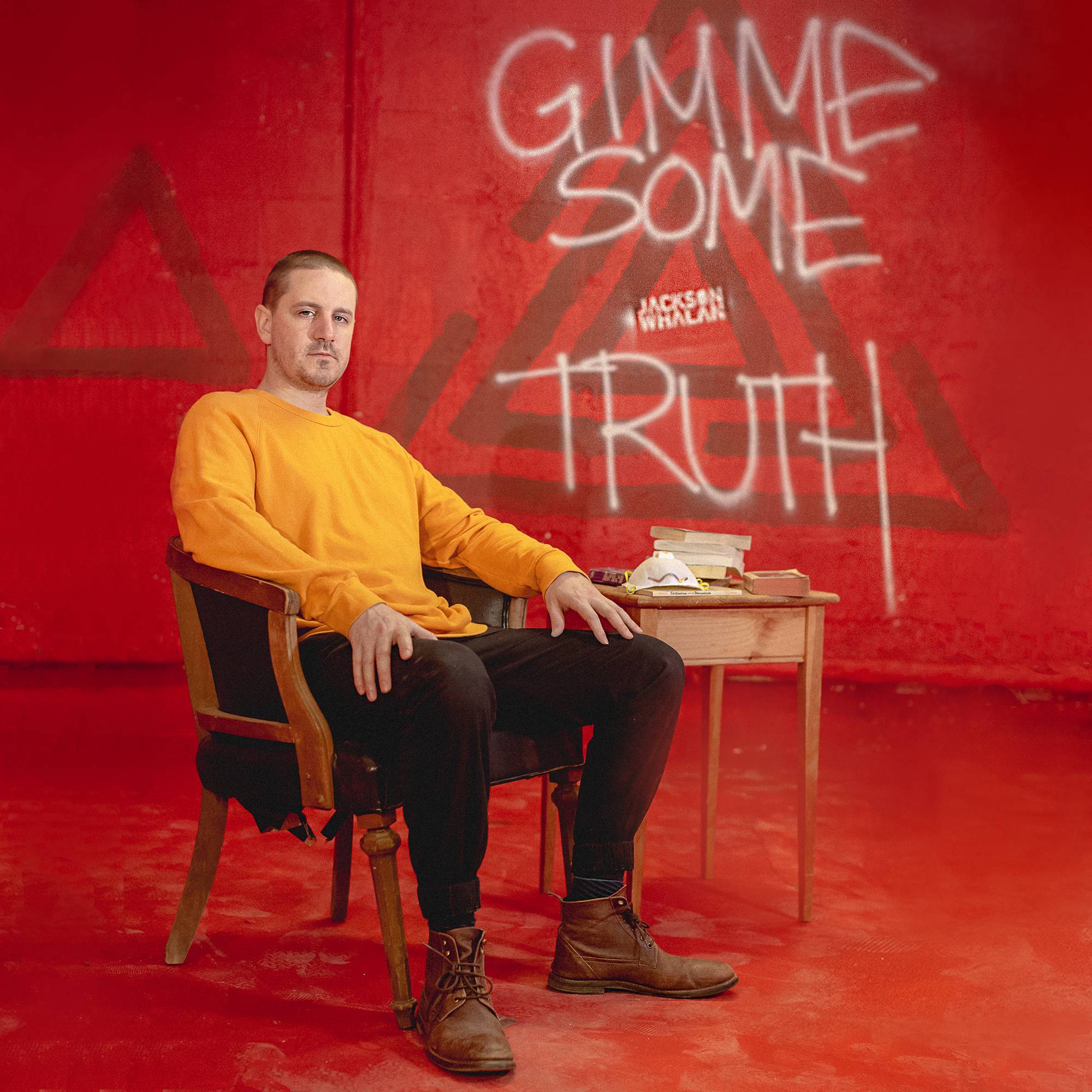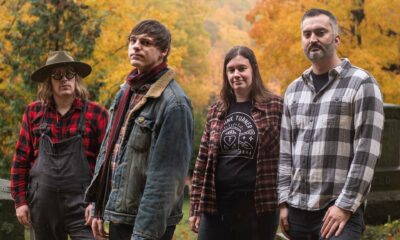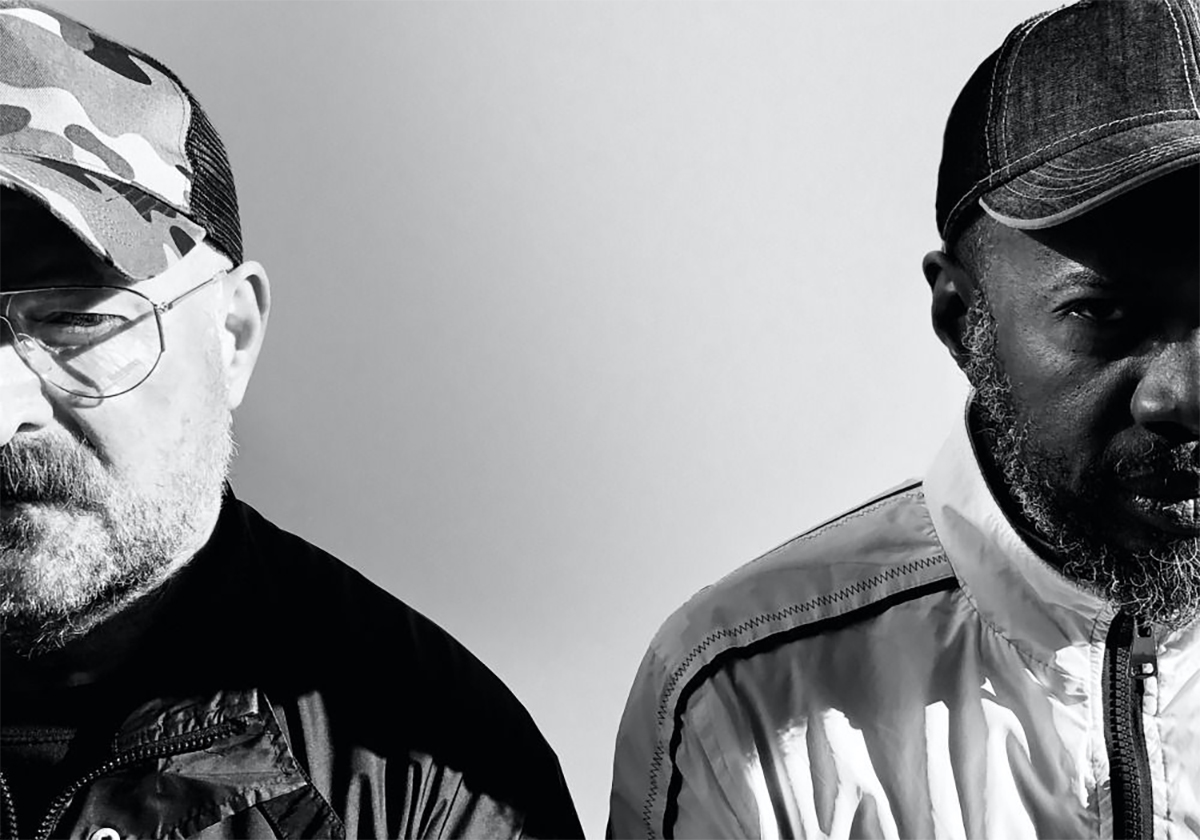Features
Jackson Whalan Empowers with His Cover of John Lennon’s “Gimme Some Truth” [Premiere]

Covering John Lennon is not for the faint of heart. When you’re remaking a song written by arguably the most beloved musician in modern history, you had better know what you are doing. Fortunately, Jackson Whalan has done his homework and carefully navigated his way through recording a gem of a cover of the famous Lennon number, “Gimme Some Truth.”
Infusing a modern flair into the song, the young Whalan drew inspiration from the legendary Beatle to record a worthwhile remake that feels just as relevant and important as when Lennon released the song in 1971 in the latter years of the Vietnam War, a time when Americans had grown extremely restless while watching their loved ones fighting in a war they didn’t belong in. A protest song if there’s ever been one, “Gimme Some Truth” contains many political references that are just as important now as they were nearly 50 years ago, with the mass demonstrations that have been occurring all month in response to police brutality and race-related violence.
The music video that accompanies “Gimme Some Truth” reinforces the message of the song, with many scenes of people protesting intermixed with shots of Whalan’s impassioned performance. With some more insight into the video, Whalan said, “I was inspired to play an emotional character who was fed up with the news, fed up with the state of the world. There is an element of protest and activism in the video. I lose my temper at some points and throw the various objects in the room. I wanted to express the anger contained in the song and externalize how so many people feel inside about what’s going on in the world and with politics. I also incorporate the lyrics by spray-painting them on the wall. We painted a basement red. Colour plays a big role in the video; the dramatic red, and my gold sweatshirt.”
Whalan continues, “I also sought to incorporate the Four Noble Truths of Buddhism into the video: suffering, the cause of suffering, cessation of suffering, and the path to the end of suffering. In my performance, I did my best to portray each of these ideas. I see instances of suffering on the television. I realize the cause of suffering is the television. I try to destroy the TV (cessation of suffering). At the very end of the video I calm down and take deep breaths and meditate, signifying the path to the end of suffering. We set up a scene that almost looks like a play in a theater. We also shot footage of me with a protest sign in front of an old government building.”
Currently residing in The Berkshires in Western Massachusetts, Jackson plans to continue to release new songs each month as a lead up to his brand new studio album, Nice Em Up, which will include more of his eclectic hip-hop directed at inspiring societal change. He began rapping at the age of eleven, motivated by the desire to confront the injustices that exist in the world through music. This offered Jackson an enormous sense of purpose which he has carried through into his 20s having already released a lot of his own albums, EPs and singles independently, while also acting as a producer and engineer for other artists. He has also collaborated with a ton of different artists, from hip-hop, to electronic, to classical, including Myka 9, Jo Jo Mayer & Nerve, Fatlip (The Pharcyde), Stic.man (Dead Prez), and so many more.
With “Gimme Some Truth” standing out as such an important song at such an important time, we caught up with Jackson to ask more about his terrific cover, John Lennon, and shooting the single’s hard-hitting music video.
“Gimme Some Truth” is an extremely topical song given our current situation with regards to the police brutality, racism, and mass protests that have occurred across North America. When did the idea dawn on you to do your own version of this song?
Jackson Whalan: “I was thinking about covering ‘Gimme Some Truth’ for years. I had never done a cover song or a rock song. I felt like taking a creative leap. The idea to do the cover the song came in the beginning of 2020 pre-pandemic, before George Floyd was murdered, and before the protesting started.
I’ve always used music as a vehicle to speak about social justice issues. I started recording in early March of this year, shortly after COVID-19 was declared a pandemic and quarantine began. People were running to the grocery store to get a ‘pocket full of soap’ as the pandemic broke out. Police brutality, racism, and imperialism were on the rise again after the song was already finished. Now people are peacefully protesting for their rights and the police are showing up with riot gear.
One of my biggest challenges with music is to reflect the times while also getting the timing of the release right. I hope this song is coming at the right time. What we are seeing now in the world is unprecedented.”
It’s quite remarkable that a song written roughly fifty years ago is still this relevant. What do you think this says about John Lennon as a songwriter and a voice? Was he really that ahead of his time or does it just demonstrate that not a lot has changed in half a century?
“Things were messed up then, and things are even more messed up now. Back then it was the Vietnam War and the same white supremacy as today. Now we have people like Roger Stone with Nixon, ‘Tricky Dicky’ tattooed on his back. We have a president who doesn’t know when Fredrick Douglas was alive but describes himself as ‘like a smart person.’ Lindsey Graham, Mitch McConnell, Ted Cruz, Chuck Schumer, and Nancy Pelosi, they’re all ‘spent pieces of used jet trash,’ to steal one from Tom Waits. The names are different now, but they still cling to power through corruption.
What we are seeing now in the United States is more than four hundred years of racial oppression. 2020 resembles what was going on in the ‘60 and ‘70s when ‘Gimme Some Truth’ was written. There are many parallels. I think John Lennon was ahead of his time in that he was aware of injustice as an ongoing struggle. As a songwriter and a voice, he was touching upon issues that are longstanding. These are things that don’t go away overnight.”
Not only did you record an original and worthwhile cover of a classic song, but you have also shot a video. Take us through some of the details of how you got the video together so quickly.
“I spent April and May working on the video with an amazing group of filmmakers and photographers here in The Berkshires. I did multiple exterior performance takes in early April with my partner Amy Inglis, including shots of me protesting alone with a ‘Gimme Some Truth’ sign.
The ‘red room’ scene was filmed by Justin Allen. We spent many hours in the basement of a local restaurant, Methuselah, designing that scene. We painted the room red from top to bottom. I spray-painted the song lyrics on the wall letter-by-letter, so that the words could appear and disappear as if they were being written. I did aggressive performance takes, threw things, and ended up destroying the old TV that I got from Facebook Marketplace.
Up until mid-May, I was planning on putting out the video using only the performance shots. Once protests started erupting after the murder of George Floyd, the video became about something much bigger and timelier. I felt that it wasn’t so important for me to be in the video the whole time, and that the song could become a score for the movement. I drove my friend and photojournalist Jake Borden to the airport where he flew to Minneapolis and documented the protests. In the end, I brought everything to George Cox (Outpost) who edited the final cut. We worked together to create an impactful narrative out of all of the footage.”
I enjoyed the look and effect of the room that you’re seen performing the song in. I think the red walls and graffiti really emphasize the message of the song. Whose idea was it to include the graffiti and what is the ultimate intention behind including it?
“Justin Allen, who filmed the ‘red room’ scene, was very helpful with direction and set design. We wanted a dramatic, bold background that would absolutely pop on the camera. I’ve been working on finding ways of incorporating lyrics in my videos and this was an opportunity to do that. There is something inherently anti-establishment about graffiti, and that was my intention behind including it. I wanted the room to symbolize how I feel about the system. In that scene, I’m playing a character who is completely fed up and angry. Everything in the ‘red room’ represents how I’ve been feeling inside.”
Obviously as a society, we are extremely constrained as a result of the current COVID-19 situation which I could see making a music video very difficult to shoot. Was it really difficult to shoot the video in light of our present realities?
“It was challenging to film the video. Some of the constraints included not being able to have more people on the set to help, finding it challenging to maintain social distance while filming, and not being able to have extras in the video. One upside to doing a video in the thick of a pandemic is having access to empty and unused spaces that are otherwise closed due to COVID-19.”
Where did you borrow the various scenes of protest from that appear throughout the video? Where was some of this footage taken from?
“My good friend and award-winning photojournalist Jake Borden went directly to Minneapolis to document the protests following the murder of George Floyd. Jake’s photography has been featured on VICE, BBC, and others. He often heads to the front lines when there is a struggle for justice taking place, and he has traveled all over the world to do so. The majority of protest footage in the music video is original and was filmed by Jake. We also used supplemental footage that we accessed through Democracy Now and other news archives.”
-

 Music1 week ago
Music1 week agoTake That (w/ Olly Murs) Kick Off Four-Night Leeds Stint with Hit-Laden Spectacular [Photos]
-

 Alternative/Rock1 day ago
Alternative/Rock1 day agoThe V13 Fix #011 w/ Microwave, Full Of Hell, Cold Years and more
-

 Alternative/Rock1 week ago
Alternative/Rock1 week agoThe V13 Fix #010 w/ High on Fire, NOFX, My Dying Bride and more
-

 Features1 week ago
Features1 week agoTour Diary: Gen & The Degenerates Party Their Way Across America
-

 Culture1 week ago
Culture1 week agoDan Carter & George Miller Chat Foodinati Live, Heavy Metal Charities and Pre-Gig Meals
-

 Music1 week ago
Music1 week agoReclusive Producer Stumbleine Premieres Beat-Driven New Single “Cinderhaze”
-

 Indie1 day ago
Indie1 day agoDeadset Premiere Music Video for Addiction-Inspired “Heavy Eyes” Single
-

 Alternative/Rock2 weeks ago
Alternative/Rock2 weeks agoThree Lefts and a Right Premiere Their Guitar-Driven Single “Lovulator”














